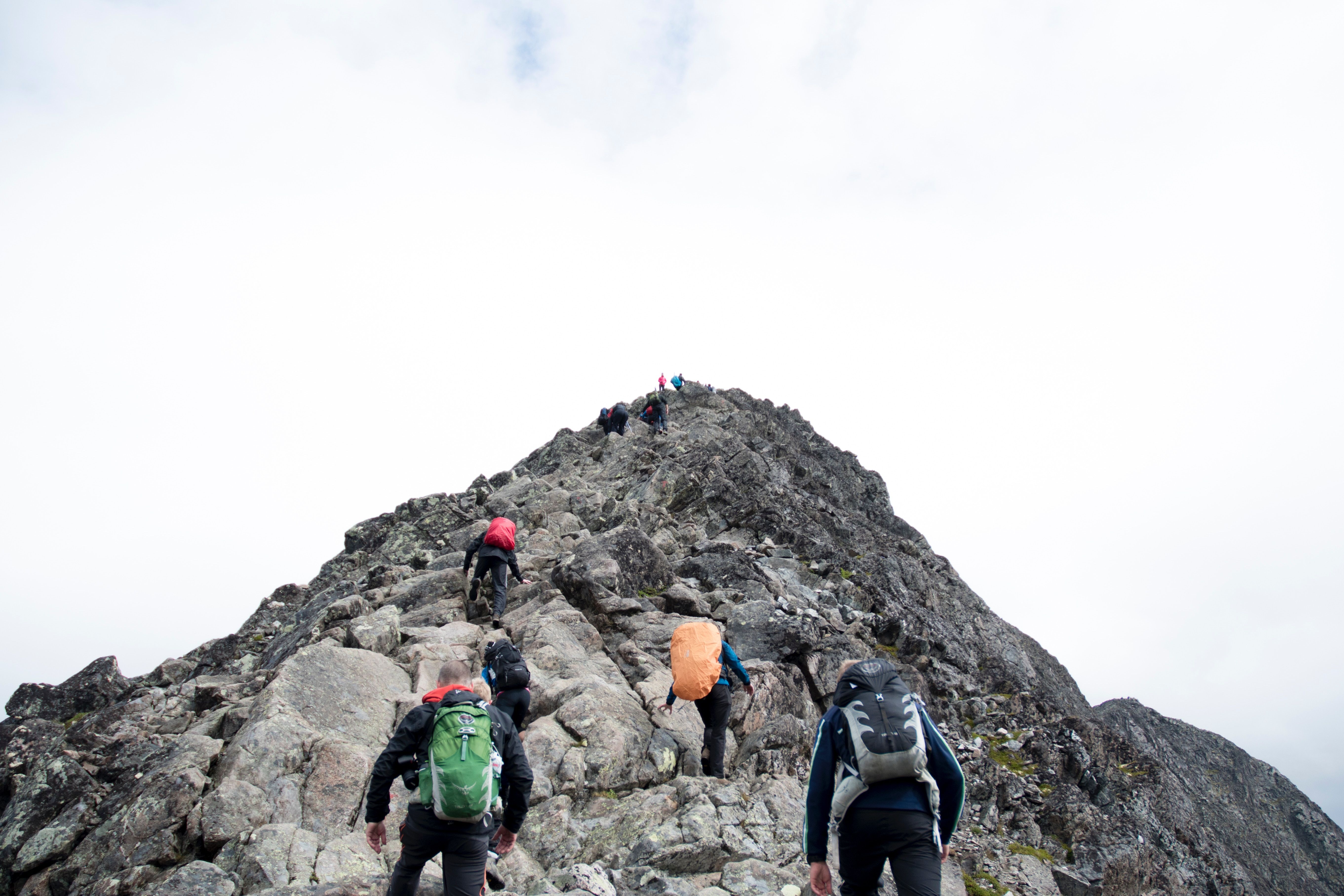As posted by me on Codepen, 10/8/2017

Over the last few months I have dedicated a lot of thought and time to learning about web accessibility and how to incorporate it into my work. Just recently, I was reminded that web accessibility is just one piece of the design puzzle to make content available to a larger audience. Inclusive design principles offer a wider scope which considers mobile devices and Internet connectivity.
As an Alaskan web designer, I'm all too familiar with the problem of slow broadband speeds and limited Internet access in many rural areas in my state. I should point out that rural Alaska is most of Alaska. Unless you live in Anchorage, Fairbanks, or Juneau, you can run into some very interesting challenges for 21st century living. Slow and inconsistent Internet connectivity is one of them.
Build It In The First Time
Jump to section titled: Build It In The First TimeWe are all learning here. Yes, some of us have been coding and designing longer than others, but we are all still in learning mode. A lot of changes have happened in the last few decades, so we all end up looking stuff up again and again. Don't excuse yourself from inclusive design just because you are "still learning the basics." Semantic markup, source order, appropriate heading levels, and good color contrast are the basics.
Keep Learning
Jump to section titled: Keep LearningAs I mentioned, I have put a lot of effort into teaching myself about web accessibility alone. I dedicated 100 consecutive days, an hour a day, to learn about it. And I still haven't learned it all. You are already in constant learning mode with this coding thing. Why not mix in articles and tutorials about web accessibility and inclusive design? It will only make you a better developer and designer, so you have nothing to lose.
Team Effort
Jump to section titled: Team EffortNow that you're off to a good start by building it in the first time and learning more about it along the way, you're probably feeling a bit overwhelmed. Good! You've joined the rest of us. There are some web accessibility experts out there (try searching '#a11y' on Twitter), but many of us are still trying to find our way. Talk about it. Ask questions. Search for answers. It's a team effort because no one developer or designer can be an expert about everything web.
Conclusion
Jump to section titled: ConclusionYou can do this. You need to do this. It happens by taking that first awkward step forward and giving it your best shot. Before you know it, more websites open up to people who have struggled to access that content before. People with disabilities will appreciate you. Alaskans will appreciate you. And you can get a better night's sleep (if you're not stuck on a JavaScript problem), knowing you've made the web a better place for all.
About Me
Jump to section titled: About MeHi, I'm Amy in Alaska. I make stuff for the web. Attend my November 16th online talk about my 100 Days of Accessibility (A11y) journey. For details, visit Inclusive Design 24. You can also find me on Twitter, where I share about accessibility and inclusive design as I learn along the way.